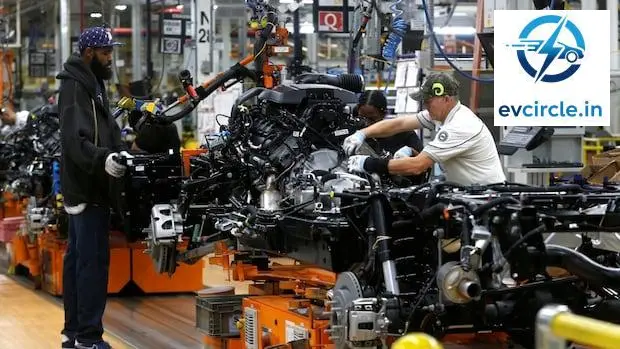
Canadian auto sector challenges assertions of plant relocations while EV pledges wane as industry shifts to gasoline-powered output.
U.S. carmakers are converting existing facilities to avoid tariffs rather than erecting new plants, industry specialists say. At the same time, they report waning EV commitments as manufacturers prioritize gasoline-powered production.
One individual often portrays a resurgent U.S. auto sector, driven by new factories from Canada, Mexico and Europe that he claims will soon be assembling American-made cars for global markets.
But there is scant evidence of a construction spree of new U.S. auto plants. Instead, manufacturers are making tactical adjustments at existing sites as they respond to the two pillars of a second-term business plan: tariffs, and policies antagonistic to electric vehicles.
David Adams, president of Global Automakers of Canada, challenged the assertion that automakers are exiting Canada for U.S. facilities, and said employment levels are stable.
Adams acknowledged that tough tariffs could ultimately alter North American auto manufacturing, but added, “we’re not there yet.”
To avoid tariffs, some automakers are refitting existing, idle U.S. factory space to assemble vehicles they previously imported, which now face duties.
“We’re seeing underutilized plants being filled with products that were previously imported. There is no boom in new builds,” said Sam Fiorani, vice president at research firm AutoForecast Solutions.
Meanwhile, many automakers are scaling back EV commitments they announced earlier in the decade, and shifting toward production of gasoline-powered vehicles. Much of the capital investment promoted by companies in recent months represents a reversal of EV projects they had touted during the previous administration.
For instance, General Motors in June said it would retool a plant in suburban Detroit to produce gas-powered pickup trucks and the Cadillac Escalade SUV. The decision partly undoes a multibillion-dollar strategy unveiled in 2022 to make the plant GM’s center for EV-truck production.
The industry’s massive collective wager on EVs that began late in the last decade spurred a sharp rise in factory spending during the previous administration, data compiled by consultancy AlixPartners show.
On average, those firms spent about $21 billion USD annually from 2017 through 2020. During the following four years, their spending averaged roughly $38 billion USD per year, most of it tied to EV and battery production, AlixPartners said.
Automakers had already been scaling back EV plans, citing weaker-than-anticipated demand. Industry executives expect the current administration’s policies to further dampen interest in battery-powered cars.
A spokesman said trade and energy measures have already spurred historic investments in U.S. auto manufacturing and cut billions in regulatory costs.
So far, U.S. vehicle output has inched up by about 4 per cent this year, but recent numbers remain below the decade average, Federal Reserve data show.
Sustainability advocate with a keen eye on policies, trends, and real-world EV impact.
Leave a Reply